Can Institutions Spawn Development?
On my day off I walked down to Fort Point in South Boston to see the new Institute of Contemporary Art building.
Fort Point is a kind of interesting place. It used to be mostly industrial manufacturing uses (it's where Necco wafers used to come from), but it's now being redeveloped as residential loft space and office space. It's a little hard to tell how it's going to fit into Boston as a whole. It's got wide streets and shiny new office buildings that would fit into LA or San Diego quite well, but are odd for Boston.
So, anyway, back to the ICA. It's gotten a lot of press this month. Both Metropolis and Newsweek had articles on it recently. 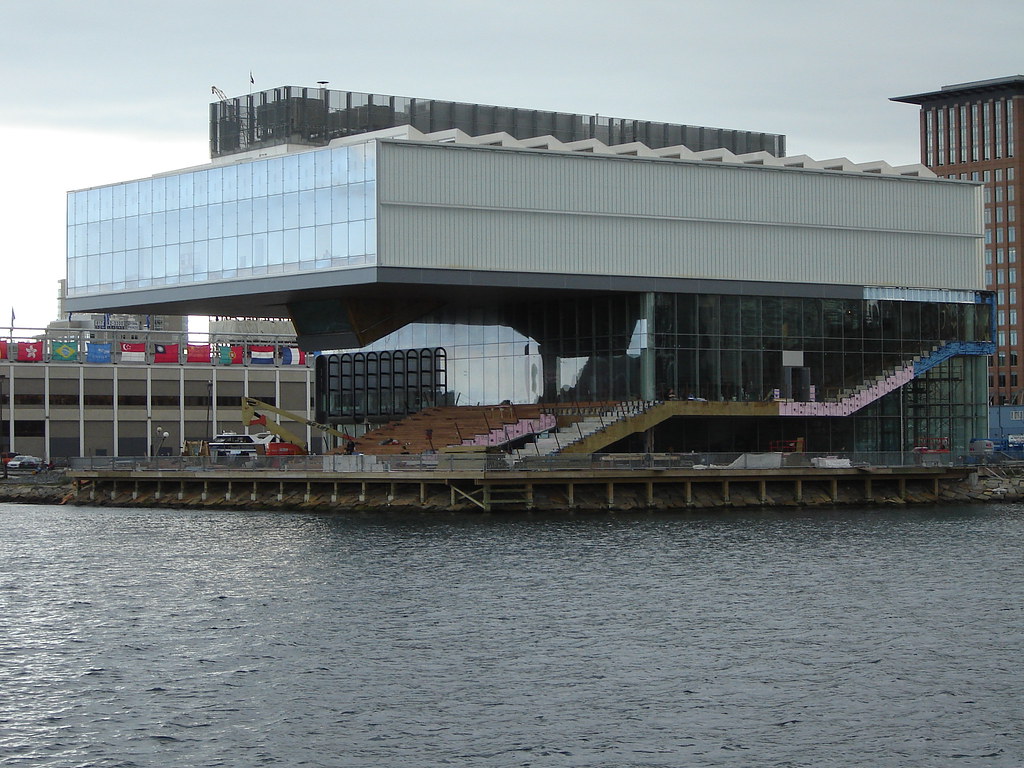
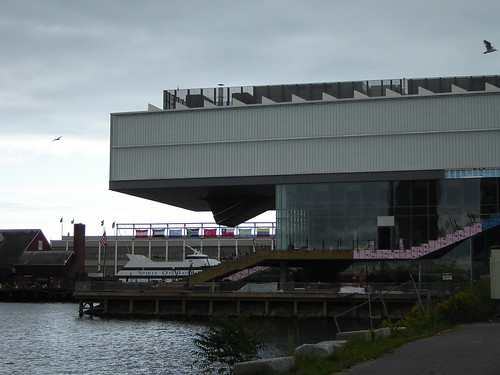
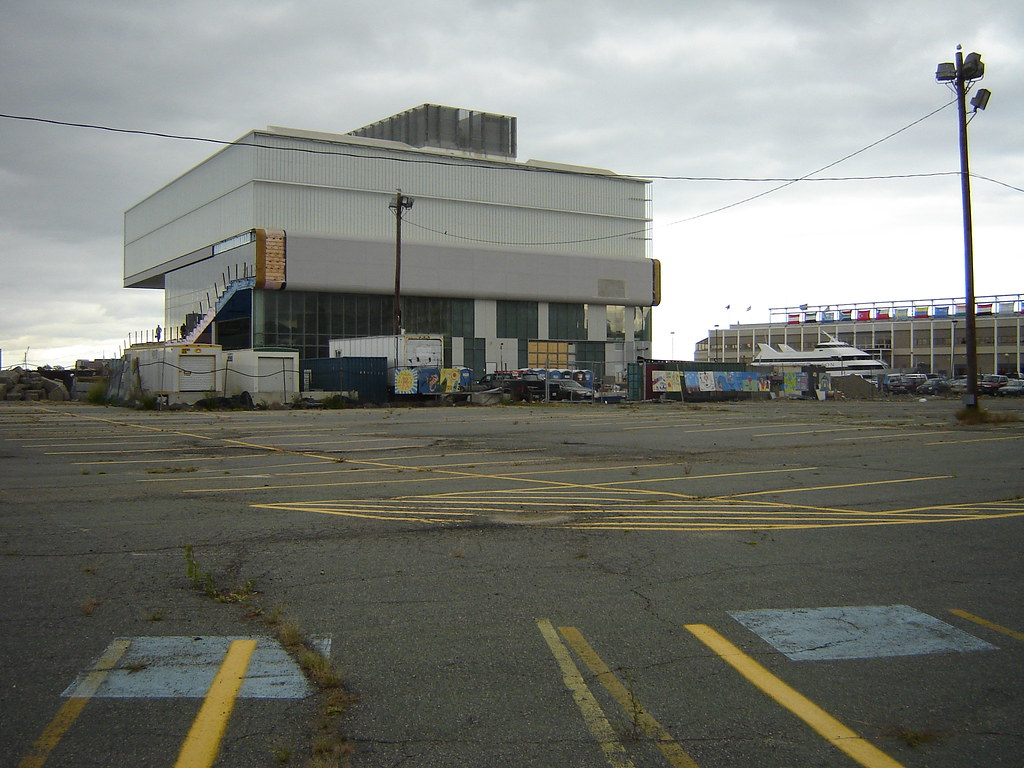
The building was designed by Diller Scofidio + Renfro, one of those odd architectural entities that has somehow managed to get real famous without actually completing a major building. The building reminds me roughly of a stool that IKEA had a couple of years ago. It's an interesting design, although I think mechanical stuff on top really detracts from the overall look. It'll be interesting to see how the space is actually used. 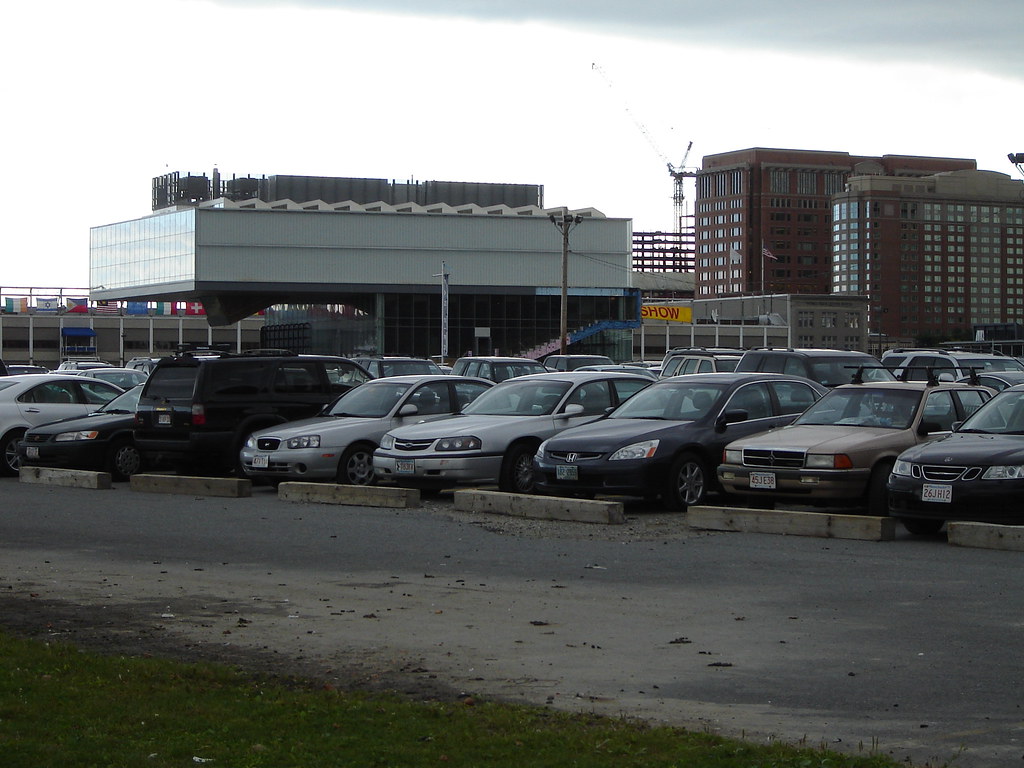
For me however, the biggest question is the surrounding area. It's parking lots all around, which leads me back to my original question. Do institutional buildings spawn development?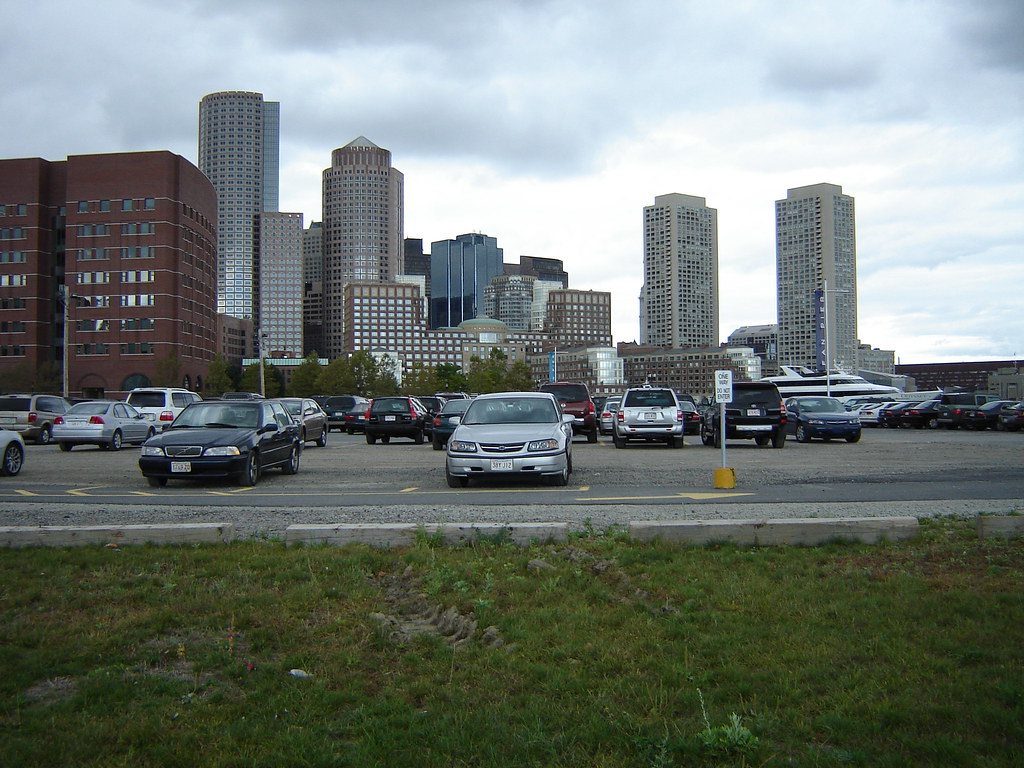
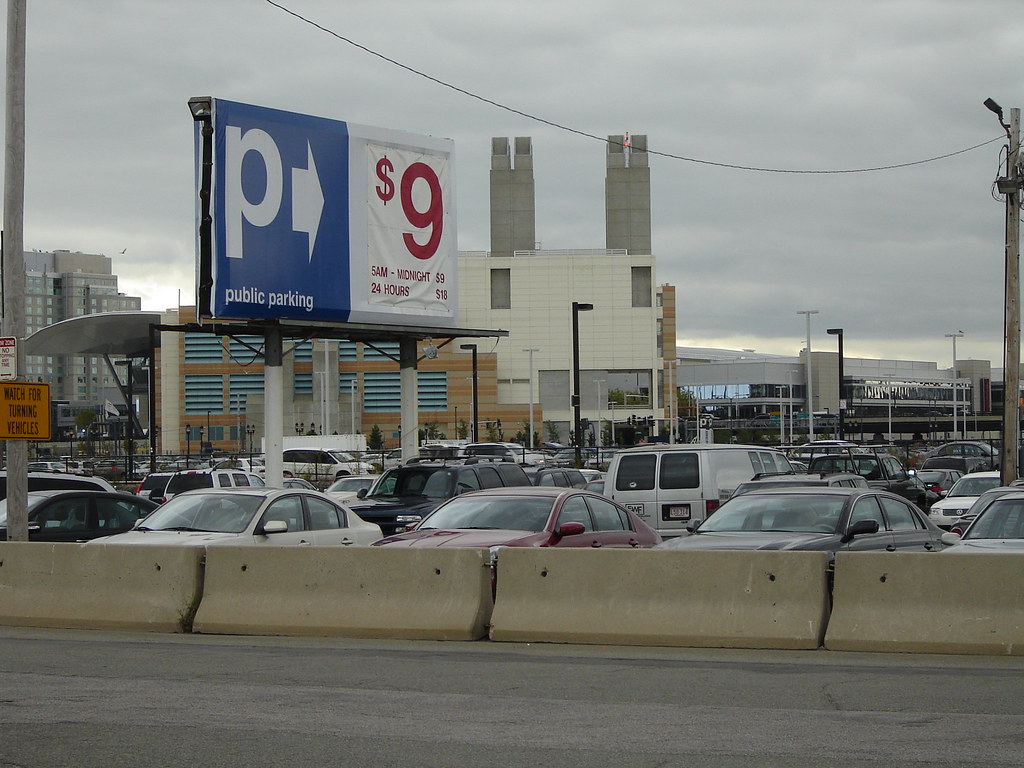
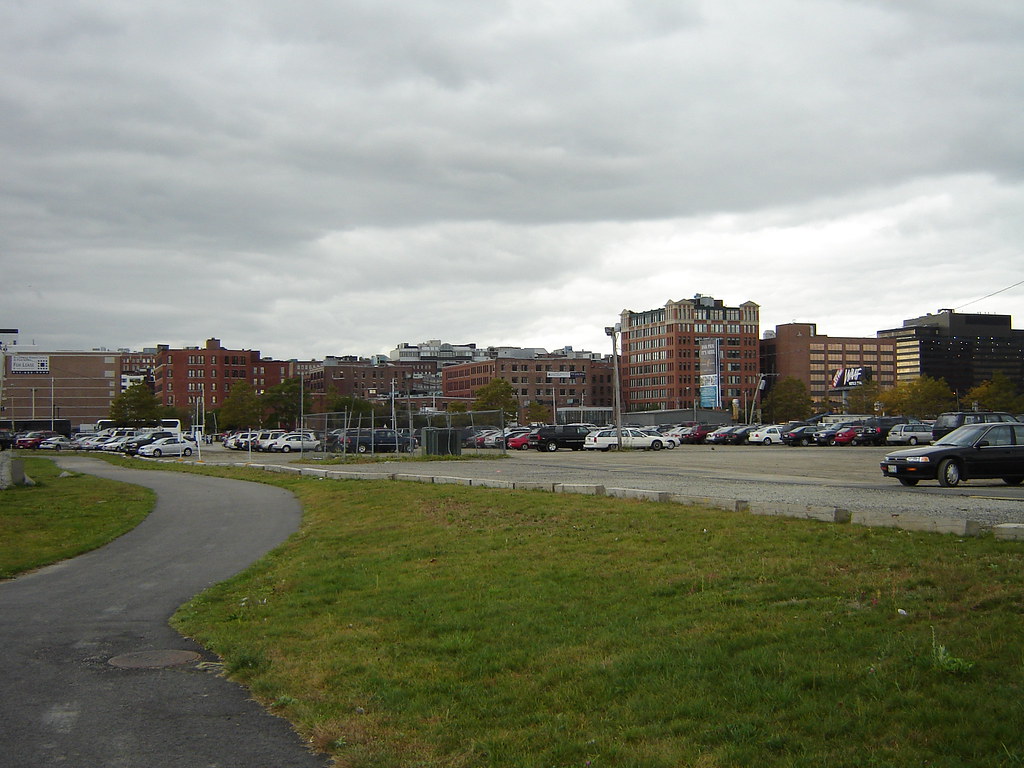
I was reading recently about the filling of the Back Bay neighborhood. Down there, the state donated land to several institutions (a couple of churches, MIT, the BPL, the MFA and the old Museum of Natural History, for example) prior to selling plots for private development. Right now, the area surrounding the ICA consists of a Silver Line subway station, the World Trade Center and the ICA. Will this effect development, or will simply keep the surface parking lots cost effective for their owners?




2 comments:
The ICA, as part of a plan for the area, will spure development. The location will be just too good.
The Fan Pier development will sadly be mostly upper middle class and the very wealthy. Boston again misses out on an opportunity to build the kind of small apartments that cost less but allow young adults a chance at downtown living.
IF they did that they would have a better chance on keeping so many of the young minds that are leaving for Austin and North Carolina.
Most of the parking lots will be part of Fan Pier, which will be a mixed development. The area near there on Congress Street will probably be the main commerical area, also because it is closer to downtown.
Post a Comment